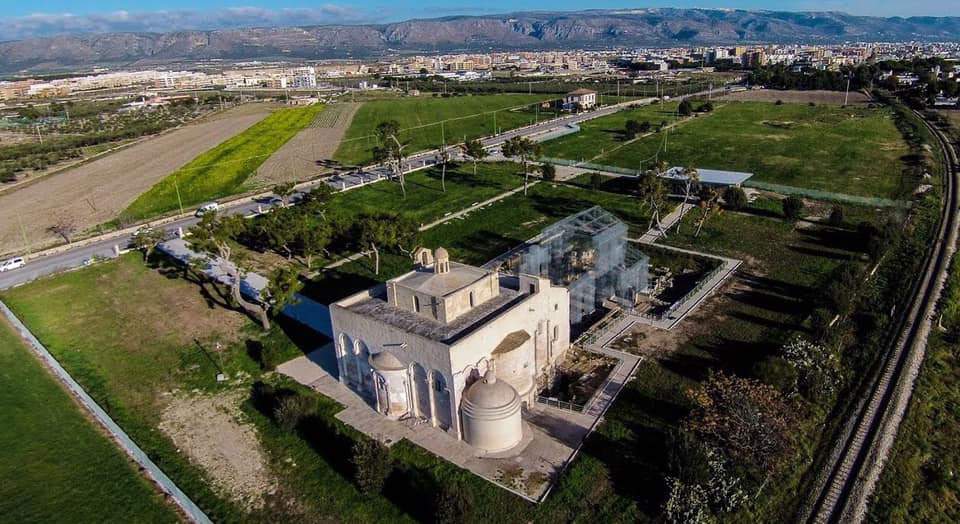Siponto, first archaeological excavation campaign kicks off. It will hold many surprises
The first archaeological excavation campaign in Siponto starts today, Sept. 6, as part of the multi-year project Sipontum: global archaeology of a port city. The excavation is directed by Professors Roberto Goffredo, Maria Turchiano and Giuliano Volpe and is conducted jointly by the Universities of Bari and Foggia, in close collaboration with the Siponto Archaeological Park of the Regional Museums Directorate of Puglia and under a concession from the Soprintendenza Archeologia Belle Arti Paesaggio of Foggia.
Students from the two Apulian universities, which recently started a new inter-university Master’s Degree Course in Archaeology, as well as Ph.D. students, will therefore participate.
Last year, major geophysical surveys were carried out at the site, from which the presence in the subsoil of the structures of the Roman and medieval city was detected; the excavation will therefore initially concentrate in two areas, one at the ancient amphitheater, the other at a portion of a block of the Roman city, on which the buildings of the medieval age were superimposed.
The excavations are scheduled to be completed by Oct. 15, but geophysical surveys will continue to arrive at a complete plan of the city within the walls. The area has been minimally investigated so far and is sure to hold many surprises.
Sipontum was the first Roman maritime colony, founded in 194 BC. It experienced considerable development in the Imperial and Late Antique periods, when it became the seat of an important early Christian diocese, increasing its function as a mercantile port of call.
Siponto represents an exemplary case of an abandoned ancient and medieval city and therefore allows for an in-depth study of numerous themes, from the physiognomy of a Roman colony to that of the city in the late ancient and medieval phases and in particular to the central role of the port, now buried but in ancient times fully functional, which was also the operational base of the Apulian grain traders.
The archaeological research, carried out as part of the PRIN-Project of Significant National Interest “Food & Stones” (Universities of Venice, Bari, Trento, Verona), relies on funding from the Universities of Bari and Foggia and the support of the Regional Museums Directorate (director dr. Luca Mercuri; archaeologist official dr. Anita Rocco), the Archaeological Park of Siponto (director arch. Francesco Longobardi), the ABAP Superintendency of Foggia (superintendent arch. Maria Piccarreta, archaeological official Dr. Donatella Pian).
The excavation is intended to be only a part of a broader intervention of knowledge, protection, enhancement and fruition of the archaeological area of Siponto, also conducted according to the principles of public archaeology, with the full involvement of the local community, the business world, associations, culture and schools.
 |
| Siponto, first archaeological excavation campaign kicks off. It will hold many surprises |
Warning: the translation into English of the original Italian article was created using automatic tools. We undertake to review all articles, but we do not guarantee the total absence of inaccuracies in the translation due to the program. You can find the original by clicking on the ITA button. If you find any mistake,please contact us.




























